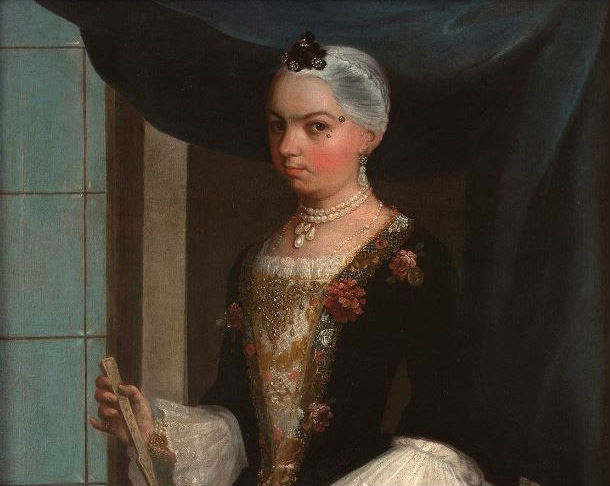
NEW YORK — The vitality and inventiveness of artists in 18th-century New Spain (Mexico) is the focus of the exhibition “Painted in Mexico, 1700-1790: Pinxit Mexici,” opening April 24 at the Metropolitan Museum of Art.
Through some 112 works of art (primarily paintings), many of which are unpublished and newly restored, the exhibition will survey the most important artists and stylistic developments of the period and highlight the emergence of new pictorial genres and subjects. Painted in Mexico, 1700-1790 is the first major exhibition devoted to this neglected topic.
During the first century after the conquest of Mexico, artists from Europe — mainly immigrants from Spain — met the growing demand for images of all types, both religious and secular. Some of these artists established family workshops in Mexico that endured for generations. By the middle of the 17th century, artists born and trained in Mexico, responding to the mounting needs of both individual and institutional patrons, had risen to prominence and developed pictorial styles that reflected the changing cultural climate.
The 18th century ushered in a period of artistic splendor, as local schools of painting were consolidated, new iconographies were invented, and artists began to organize themselves into academies. Attesting to the artists’ extraordinary versatility, painters whose monumental works cover the walls of chapels, sacristies, choirs, and university halls were often the same ones who produced portraits, casta paintings (depictions of racially mixed families), folding screens and intimate devotional images.
The volume of work produced by the four generations of Mexican painters that spanned the 18th century is nearly unmatched elsewhere in the vast Hispanic world.
The growing professional self-awareness of artists during the period led many educated painters not only to sign their works to emphasize their authorship but also to make explicit reference to Mexico as their place of origin through the Latin phrase pinxit Mexici (painted in Mexico). This expression eloquently encapsulates the painters’ pride in their own tradition and their connection to larger, transatlantic trends.
“Painted in Mexico, 1700-1790” unfolds in seven major chronological and thematic sections:
—Great Masters introduces the works of leading painters around whom others congregated, emphasizing intergenerational ties and the steady coalescence of a local tradition. It highlights the role of Juan Rodríguez Juárez in stimulating a stylistic change and spurring the establishment of an independent painting academy around 1722.
—Noble Pursuits and the Academy explores the efforts of artists throughout the period to reform the practice of painting and challenge entrenched social and professional hierarchies. Asserting that painting was a noble rather than a mechanical art, painters wrote and referenced art treatises, equated their task with that of the supreme creator, and refashioned their own image through self-portraits and other works that showed their mastery of geometry, mathematics, and architecture.
—Paintings of the Land assembles a compelling group of depictions of local peoples, traditions, and places. The expression “paintings of the land” (pinturas de la tierra) is used in contemporaneous writings to describe works unique to Mexico-either made there or representing local subjects.
—The Power of Portraiture associates the upsurge in portraiture with the economic growth of the viceroyalty, as members of different social groups-particularly within urban contexts-commissioned artists to paint their likenesses.
—The Allegorical World looks at a fascinating, highly inventive type of painting often commissioned by religious orders to convey abstract theological concepts or instruct in matters of faith.
—Imagining the Sacred features a selection of painted replicas of miracle-working cult images. These paintings, which represent dressed sculptures, belong to a long tradition in which many of the best artists of the day participated. Often depicted in the setting where they were venerated, the sacred images are seen on altars adorned with curtains, candles, vases, and flowers.
This final section of the exhibition will include seven paintings from the Met collection, all of them acquired since 2014.
“Painted in Mexico, 1700-1790: Pinxit Mexici” will run through July 22.


